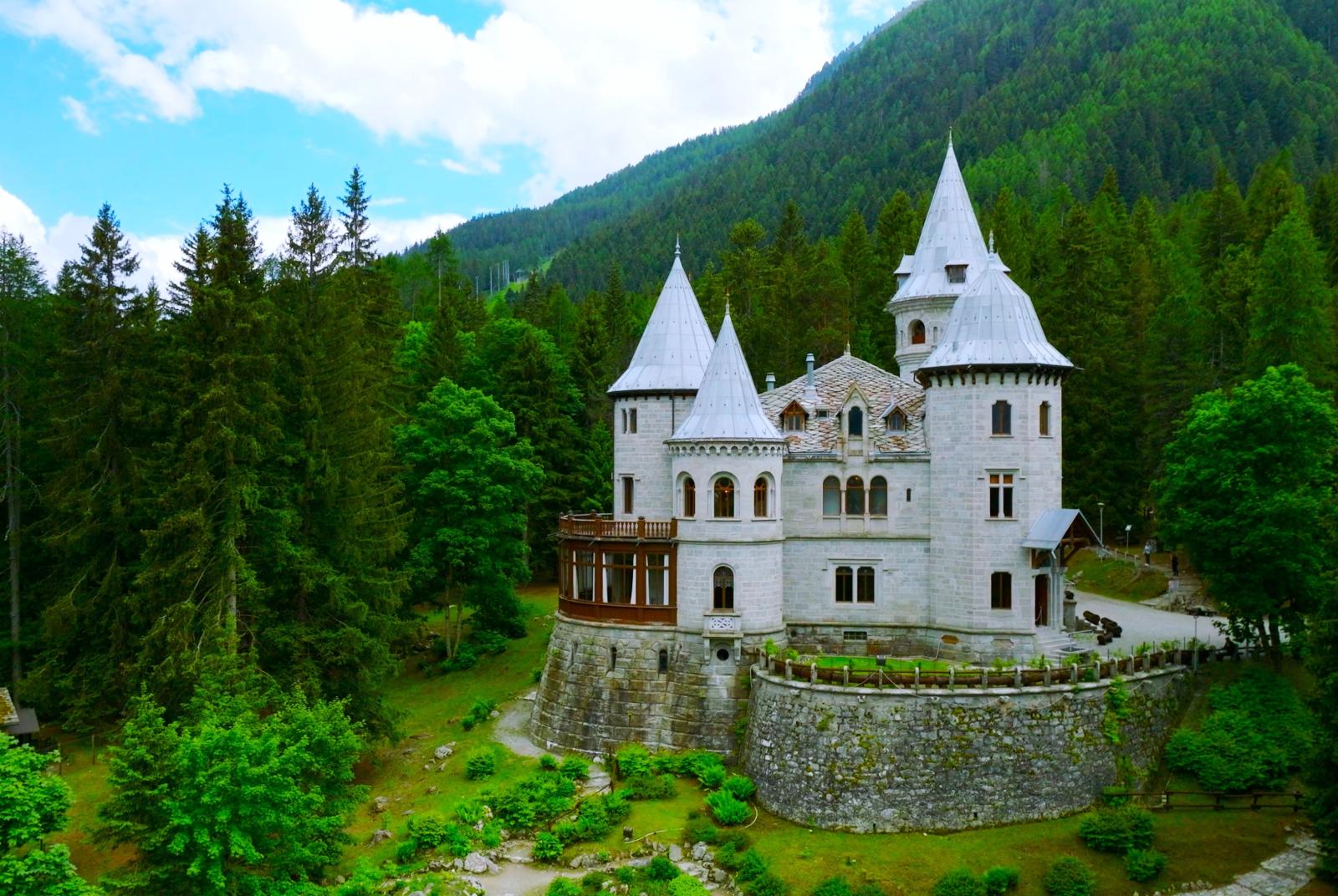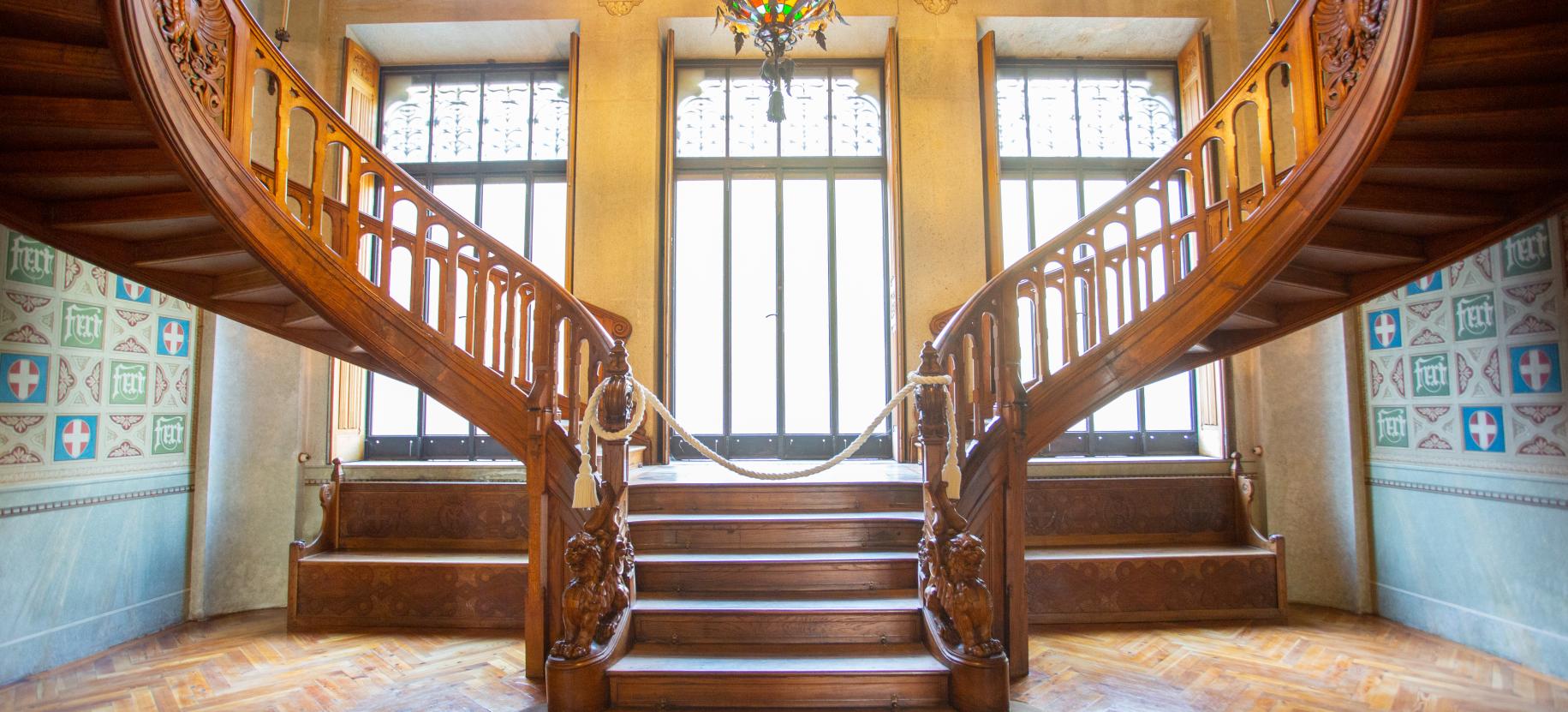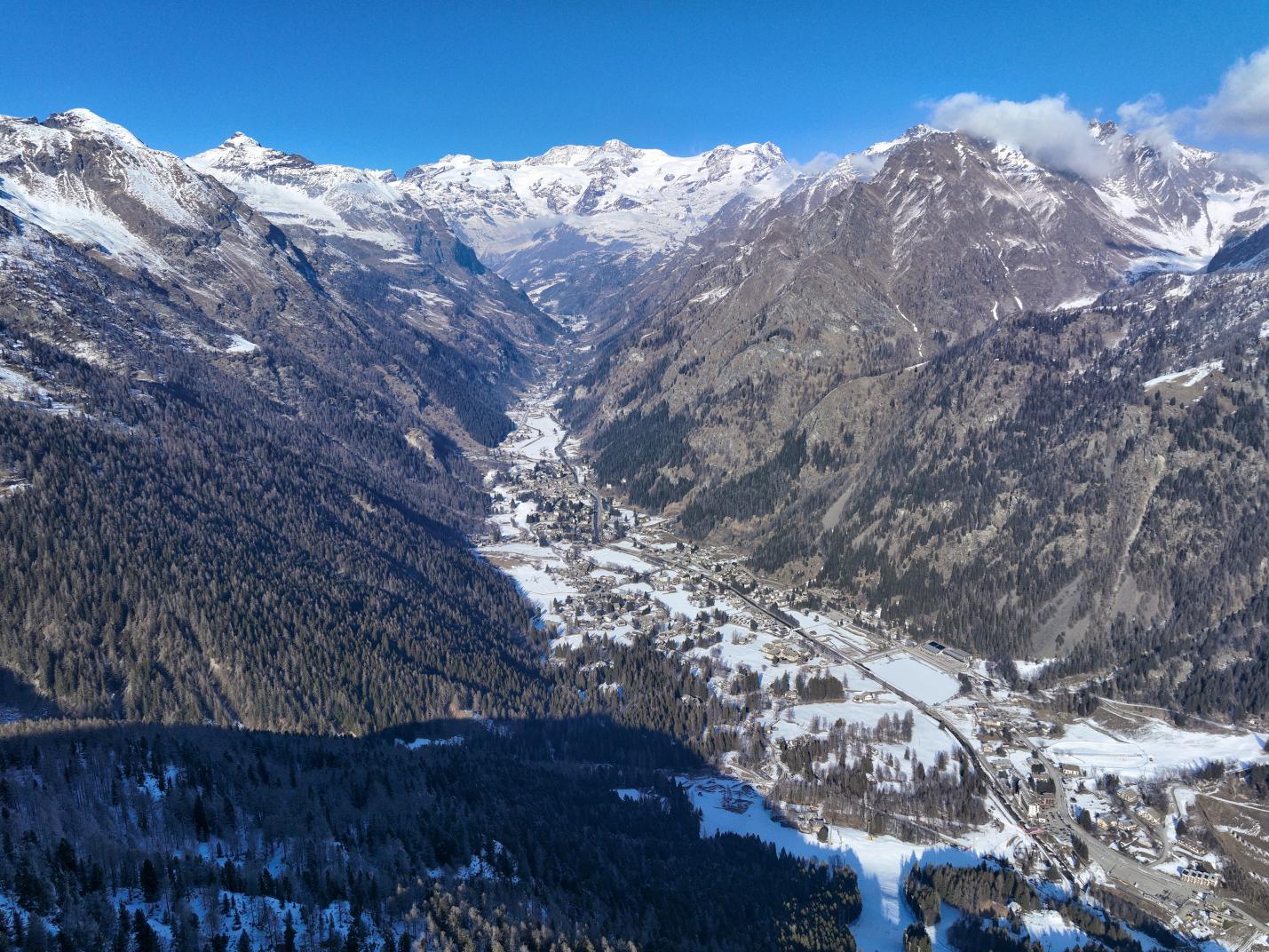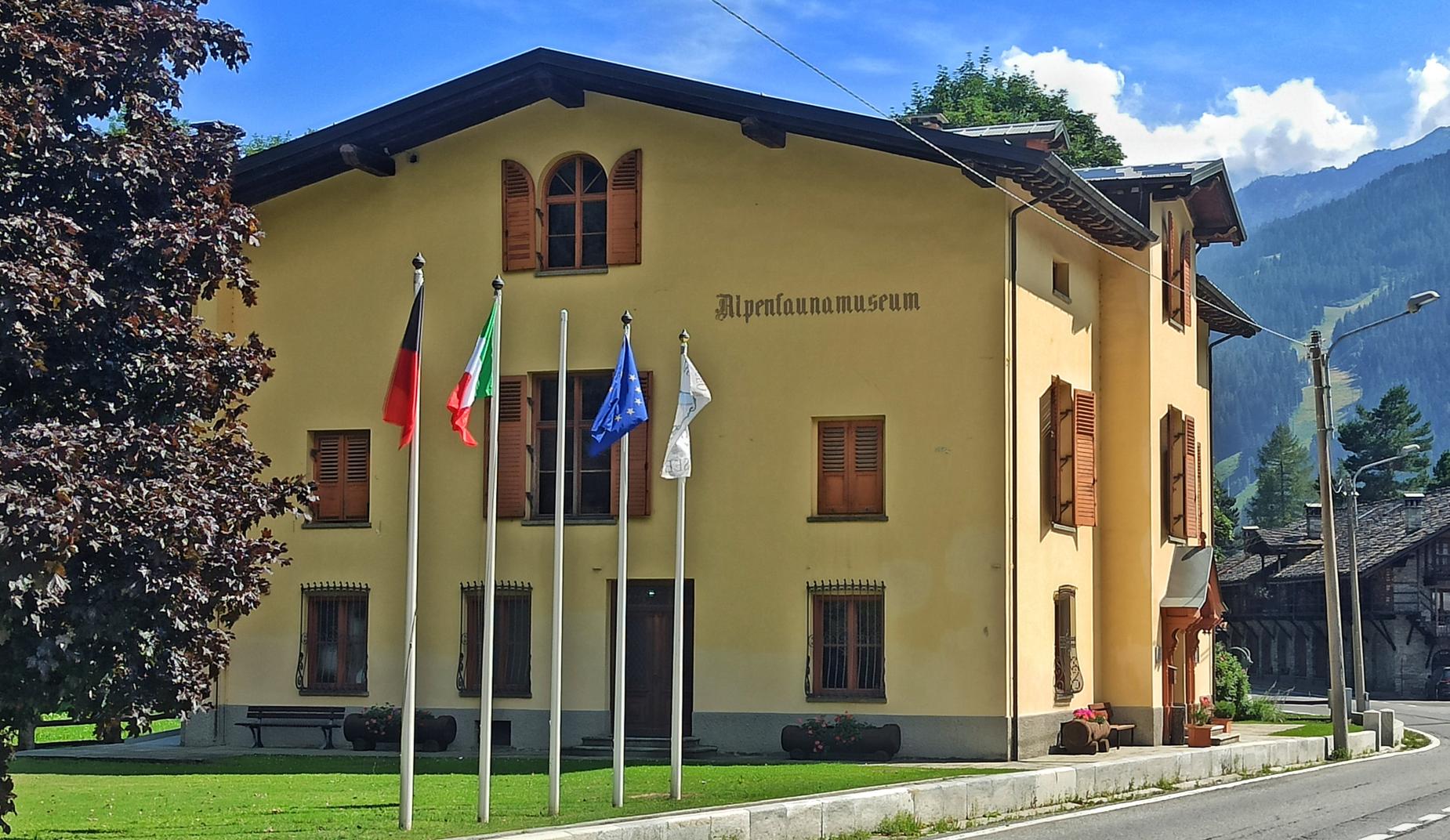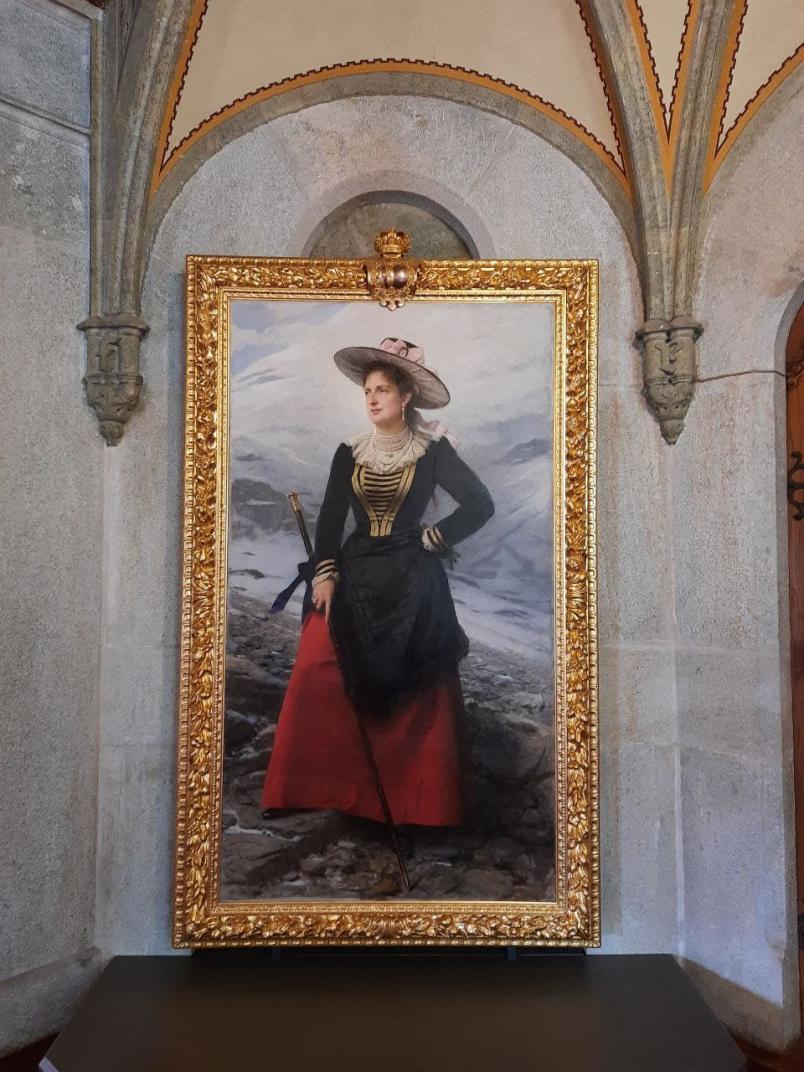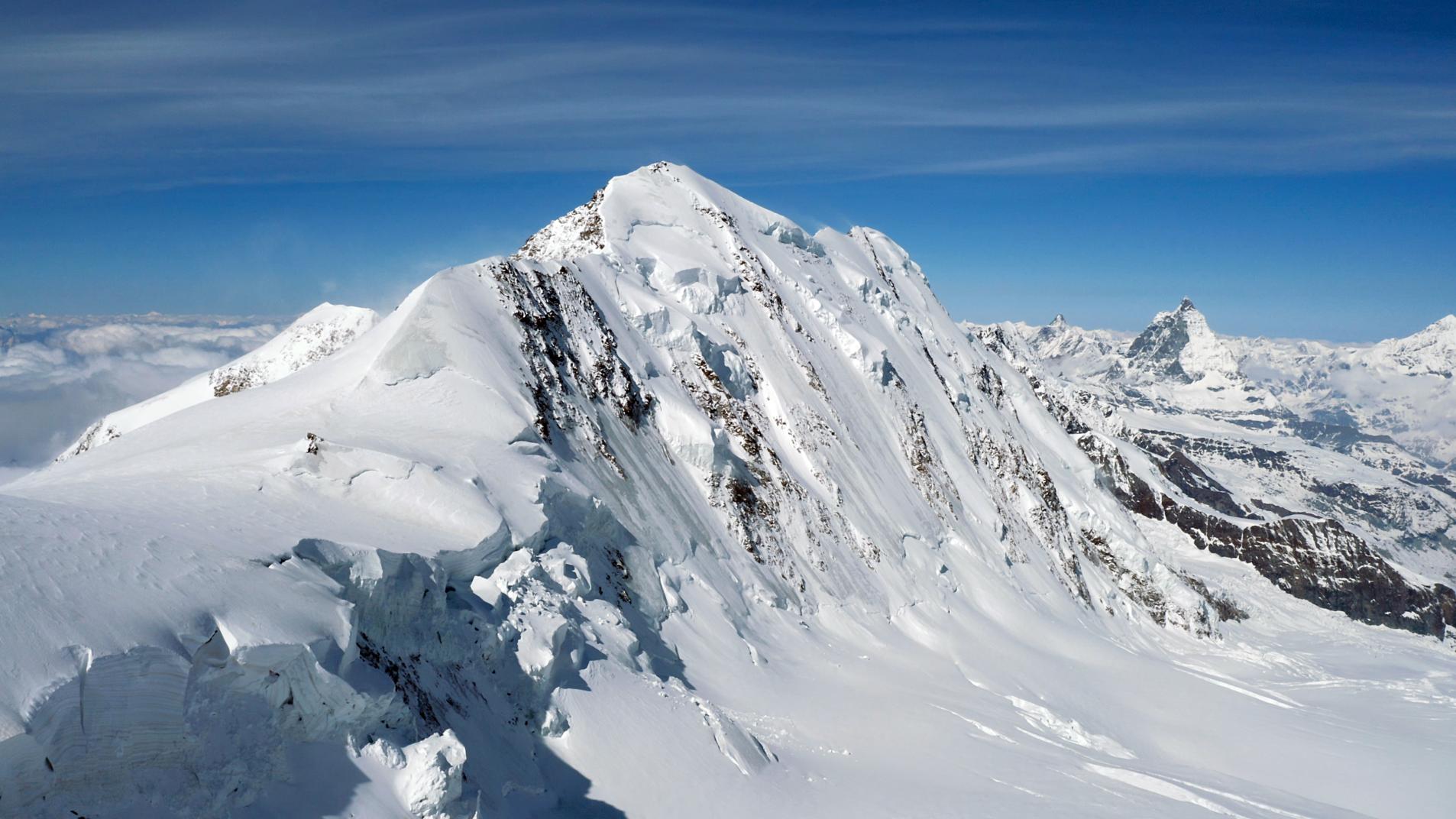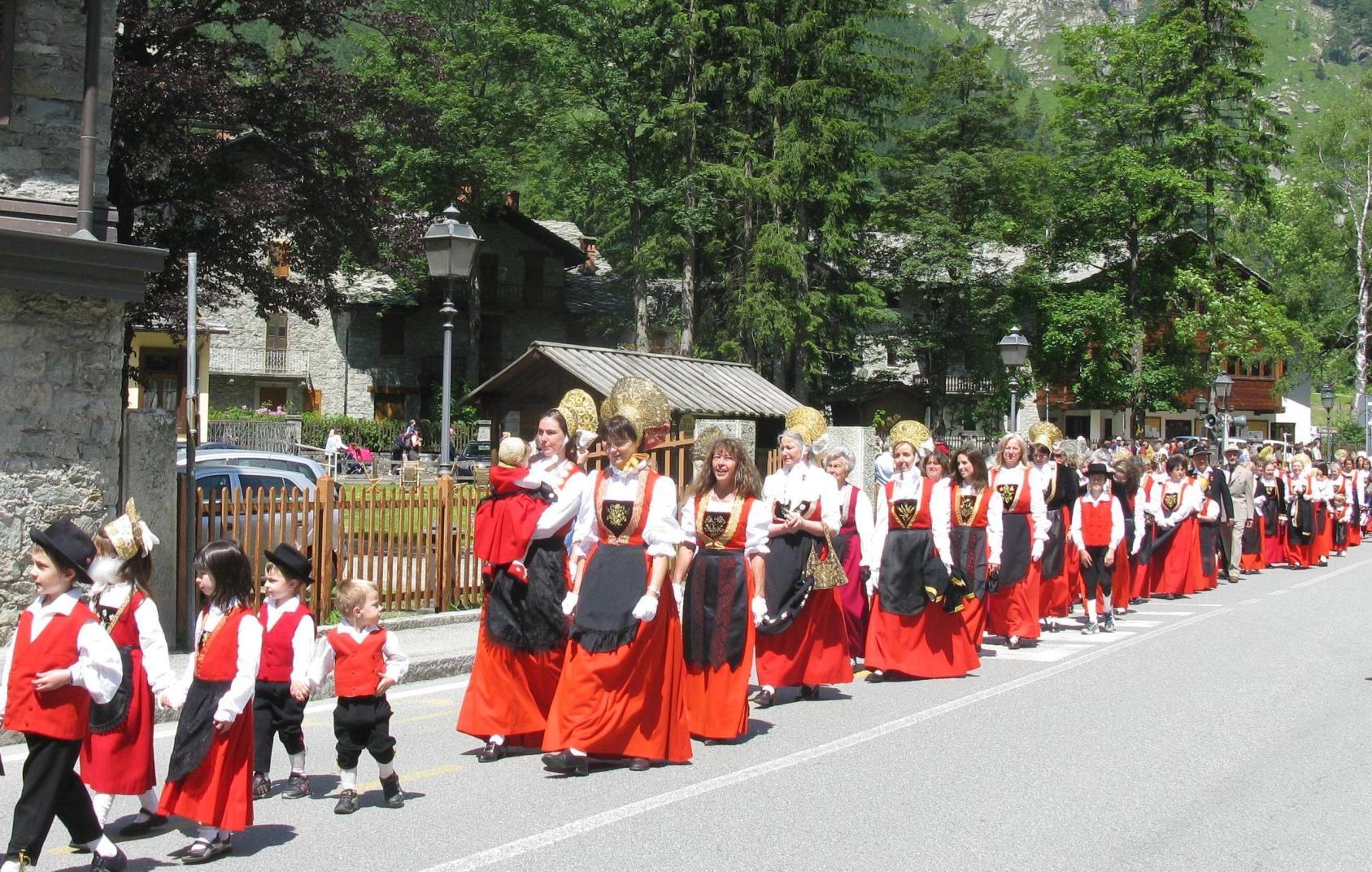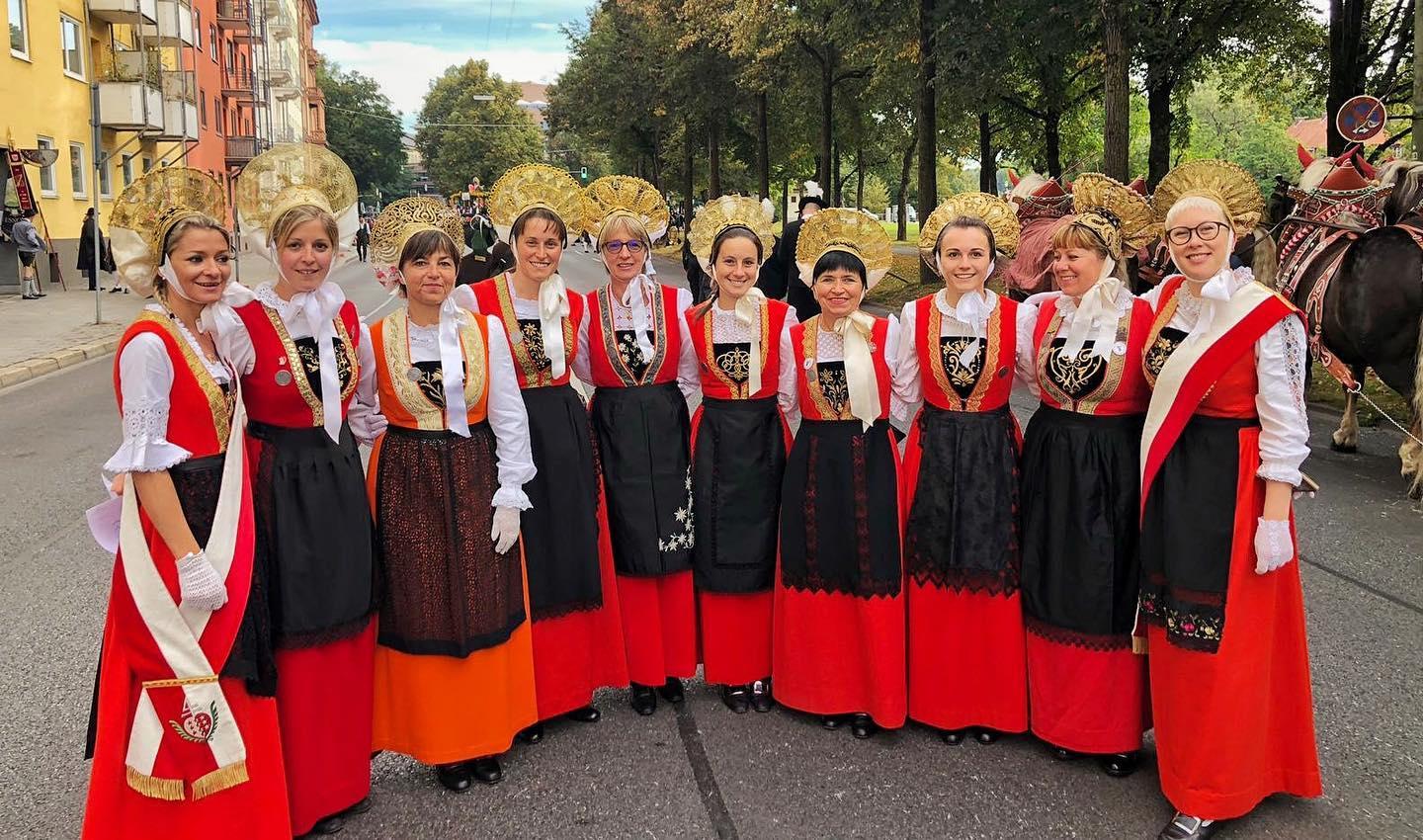Built at the behest of Queen Margherita of Savoy, who was staying in Gressoney as a guest of the Beck Peccoz barons as early as 1889, the castle stands at the foot of the Colle della Ranzola in the locality known as "Belvedere," because of the splendid view from there that dominates the entire valley as far as the Lyskamm glacier.
The laying of the foundation stone of the building took place on August 24, 1899 in the presence of King Umberto I who, assassinated in Monza a year later, would not see the completion of the work, which lasted until 1904. The mansion hosted the Queen during her summer stays until 1925, a year before her death, which occurred in Bordighera on January 4, 1926. After being purchased in 1936 by the Milanese industrialist Moretti, the castle became the property of the Autonomous Region of Valle d'Aosta in 1981.
Consisting of a roughly rectangular central core, flanked by five cusped turrets, one different from the other, the castle was designed by architect Emilio Stramucci (creator of the neo-Baroque decorations for the Royal Palace in Turin and the Quirinal Palace in Rome) in the medieval style, described as the "Lombard style of the 15th century," much in use in France and Savoy, the region of origin of the reigning sovereigns.
The exterior is clad in gray freestone from the quarries of Chiappey in Gressoney, Gaby and Vert (Donnas).
The ornamental paintings were done by the young painter and restorer Carlo Cussetti, later active in the new wing of the Royal Palace of Turin. The coffered ceilings, boiseries and medieval-inspired furnishings, on the other hand, are the work of Turin carver Michele Dellera, a supplier to the Royal House.
The castle has three floors: the first floor with the day rooms, the piano nobile with the royal apartments and the second floor (which cannot be visited), reserved for the gentlemen of the court; the basement houses the cellars. All of the furnishings displayed in the castle are authentic, as are the tapestries that adorn the walls, made of linen and silk fabric and decorated with a chiné effect.

